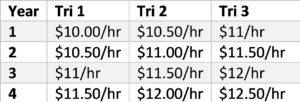Discover New Ideas for Creating Your Lesson Plan
Lesson plan ideas for Replicated Reality from Matt Brandt, Park Rapids, MN
May 11, 2020
Written by Heidi Johnson, TAI and Replicated Reality sales rep for MN, WI, SD, ND and IA
I had the opportunity to speak to Matt Brandt from Park Rapids MN today about how he rolled out Replicated Reality at Park Rapids High School. I wanted to write up what I learned from Matt, in the case it would be helpful to others rolling out Replicated Reality. Matt was an early adopter of Replicated Reality; so he actually used Replicated Reality in his classroom for nearly three trimesters in 2020 before the pandemic hit. Matt would actually run his Replicated Reality in his PAES lab; however Replicated Reality can work with any classroom or with distance learning. (Matt told me today that their High School math teachers will be using Replicated Reality for math next school year.) Matt ran PAES lab three days a week on Mondays, Wednesdays, and Fridays. Tuesdays and Thursdays he would run with Replicated Reality. Matt used the four primary modules of replicated reality as units when designing the framework for his roll-out. He started with the banking unit first, then the store, then on to jobs, and lastly real estate. I am going to do my best to explain this roll out in four different modules/units.
BANKING:
Matt gave each student a welcome bonus of $500 in their spending accounts to welcome all the students to Replicated Reality, and get them started. Matt assigned each student to log on to their Replicated Reality account, and find the $500 in their spending account. He then assigned them to transfer 20% of the $500 ($100) to their savings account. Matt then started teaching mini lessons.

The lessons would go for 20-25 minutes, and then the students would log in and apply what they had learned using Replicated Reality. His mini banking lessons were things like, how to balance a check book, how to use a check register, how to write a check and enter the transaction into a check register. How to reconcile your account comparing your bank statement to your check register. He would always have the students work with a paper copy first, then do the same work online in Replicated Reality. Matt said when working virtually with distance learning, you could upload the “paper” checks and registers, etc. as banking “resources” in replicated reality for the students to fill in. Matt then held a lesson on budgeting. A good rule of thumb is using the Budget Rule: 50% needs, 30% wants, and 20% savings. Matt always wanted everything to be as realistic as possible, so they looked at actual job openings in Park Rapids to determine what kind of pay they might expect to receive when working. After that, Matt had each of them determine a savings goal. Many of the students had a goal to save $3,500 for college by the end of the school year. Once they all had a saving goal, he asked each student to set up their direct deposit in the payroll center. Because his students were all in PAES lab as well, Matt would pay the students every two weeks for working in PAES. He did this by running a 2 week report out of the PAES timeclock software and pay his PAES lab employees based on this pay schedule:

STORE:
Matt deposited $1,500 into each of the students spending accounts, and assigned each student to shop for stuff in the virtual store to practice making purchases online. He was surprised how much the students enjoyed this. Many of the students were purchasing one item at a time. Matt taught them how to load their shopping cart online, and then check out for all of their purchases using one transaction that would be easier for them to deal with in their online banking.
JOBS:
When Matt made his job boards, he considered the actual pay for entry level jobs in Park Rapids, so that it would be realistic for the students. Matt gave lessons in how to conduct job searches, how to fill out job applications, and how to have a successful job interview. For the job applications, again, he would start with a paper copy first of actual job applications from jobs in the community like subway, or the auto parts store or grocery store in town.

(This sometimes took up to two days for the students to complete with help) Afterwards, they would apply for jobs in Replicated Reality. (Matt would keep their paper application copy in a student file folder so that they would always have access to that paper copy down the road) The students would be required to write and enter 3 full sentences per each question asked on the replicated reality job application. Each student would have a mock interview before getting the job. At the end of each trimester the students would have to reapply and have another mock interview.
For the mock interviews:
1. The first trimester the interview would consist of four questions,
2. The 2nd trimester the interview would consist of eight questions,
3. and for the 3rd trimester the interview would consist of 12 questions and also an administrator and community member would also participate with that mock interview.
This would help document progress monitoring for the students.
Each trimester they would have to re-apply for a new job.
For the job applications:
1. 1st trimester it was required to have three sentences for each question per student
2. 2nd trimester it would be 5 sentences required
3. 3rd trimester the requirement was ten sentences.
Matt said some of the students dressed up for the interviews. ?
Once all students had jobs, and they started receiving pay roll he started invoicing. Currently, each student receives an invoice for cell phone, rental insurance, electricity and groceries. He updates their bills each trimester to introduce them to new types of bills.
REAL ESTATE:
When it came to real estate, Matt made up lessons about how to fill out a rental application, including what is appropriate for references. This included what is the difference between a professional reference and a personal reference. He also held lessons on budgeting. How to know if you can afford the rent. Debt versus income ratio, etc. He again started with paper copies and then went on-line to replicated reality. He made sure the salaries that the students were getting for their jobs would make it possible to afford the monthly rent. See list of property rentals like condo or apartment, or room for rent. You can find Matt's documents and spreadsheets in the Replicated Reality Teachers Toolbox along with some other great items.


